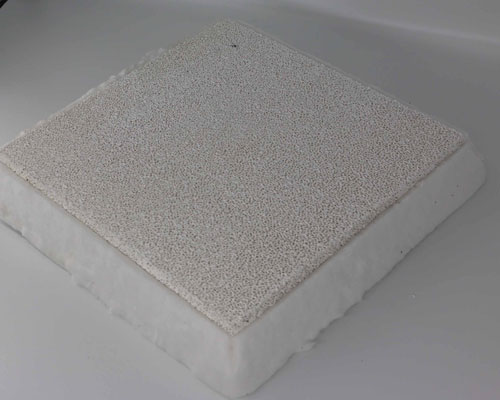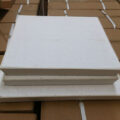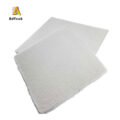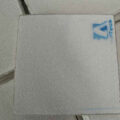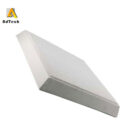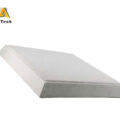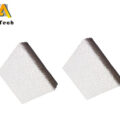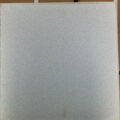The CFF ceramic foam filter removes small inclusions from molten metal such as molten aluminum by filtering. The typical material used for this type of filter is porous ceramic, commonly referred to as CFF (Ceramic Foam Filter). These CFF filters are not easily wetted by molten metal, and because such materials have relatively fine pores, they encounter considerable difficulties in starting the flow of metal through the filter. Therefore, the CFF filter box generates enough metal pressure head by gravity to force the metal through the filter.
CFF boxes operate in different ways with equipment and methods. By using low pressure to lift the metal in the filter box, the loss of metal after the casting is completed can be avoided. It is constructed as a double CFF box, but it can also be used as a single CFF box (or as a three box or as a double box).
CFF Molten Metal Filter Equipment
The CFF molten metal filter equipment includes a metal shell and an internal thermal insulation box made of heat-resistant insulation and refractory materials. A removable lid is provided on the top of the container to keep the container sealed during operation. The container has an inlet for receiving metal from the metal supply tank, and an outlet cavity with an outlet, in which the CFF filter is installed.
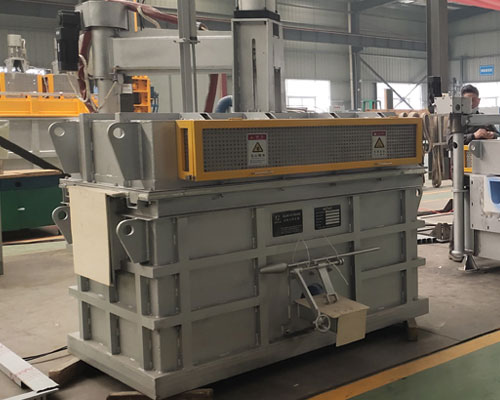
The inlet chamber and the outlet chamber are arranged side by side in the container, and are separated by a predetermined horizontal partition wall extending upward from the bottom of the container to the height inside the container. The container is connected in parallel with the metal supply tank through transverse metal tank short pipes respectively arranged between the inlet and outlet of the container and the metal supply tank. In order to control the metal flow in the metal supply tank, two dams are set up in the tank, one dam is located behind the container outlet, and the other dam is located in the tank between the inlet and the outlet.
The device operates in the following way: when the metal is released from the furnace, the baffle downstream of the vessel is closed, and the baffle between the inlet and the outlet opens. Once the metal liquid level in the launder is above the inlet and outlet, the ejector will begin to empty the air in the container, thereby lifting the metal upward in the inlet and outlet chambers. The metal will stop at the bottom of the filter in the outlet chamber, because the metal will enter the filter with small holes, which creates resistance.
In the inlet chamber, the metal level will continue to rise as the negative pressure increases. When the height difference between the bottom of the filter and the metal in the inlet chamber reaches a certain level, the pressure at the bottom of the filter will be high enough to start the filter. The maximum perfusion pressure obtainable with this solution will be the height difference between the bottom of the filter and the top of the partition wall. To prevent the filter from floating when the pressure at the bottom of the filter increases, a clamping device is installed to depress the filter.
When the filling operation is completed, the negative pressure decreases, and correspondingly, the metal water level in the box increases above the partition wall, as shown in the figure. At this time, the baffle between the inlet and the outlet will be closed, and the baffle downstream of the container will be opened. The metal is then forced through the inlet above the partition wall, through the filter, and then through the outlet. When the casting is nearly completed, the metal level in the container will gradually decrease by reducing the negative pressure, and finally the metal will be released into the launder.

